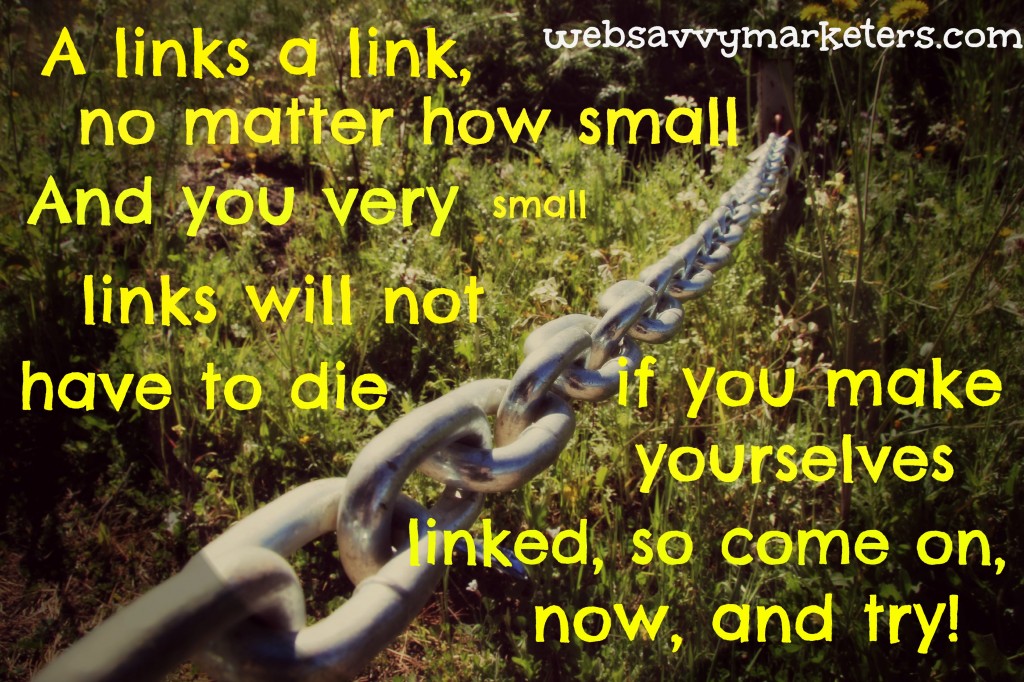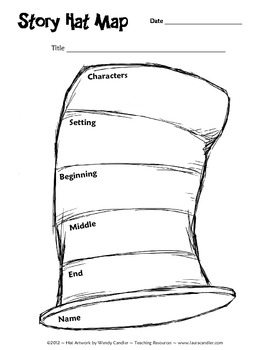 When you build links to your blog, it requires a dose of common sense, rather like that of a Dr. Seuss chant: “You have brains in your head. You have feet in your shoes. You can build yourself any link that you choose.”
When you build links to your blog, it requires a dose of common sense, rather like that of a Dr. Seuss chant: “You have brains in your head. You have feet in your shoes. You can build yourself any link that you choose.”
That sort of chant. Fortunately, you’re not on your own. And you can know what they know. And you are the one who’ll decide where to go.
There goes the chant again. It’s so simple, and it works.
Have a go with these 5 easy ways to build links to your blog, content marketing’s best friend.
1. Create everlasting content with an evergreen post
Consistently writing a quality blog not only creates content that will drive traffic to your website. It’s a steady way to organically generate inbound links as people naturally want to link to your valuable posts.
One evergreen blog post – one that is sustainable for years, like the tree of the same name – could mean years of people linking to its still relevant content. A blog post that retains its value over time can include how-to posts, definition posts (a beginner’s guide to something), top lists, or opinionated posts.
When you determine which posts fit into this category (through Google analytics, for example), try option #5 to further the reach and link-building potential of these posts.
2. Make an RSS Feed for your blog
Be sure to set up an RSS feed for your blog so people can easily syndicate your blog posts, which allows for more potential attribution links back to your website. If you’re unsure what your RSS feed is, try Google’s RSS Subscription Extension in the Chrome browser.
Consider syndicating your blog with other sites. Syndication is where you let certain sites that use content with proper attribution to publish your posts, giving you inbound links and free publicity.
Try this excellent Google syndication tip for more ideas on syndicating your awesome blog and building links.
When you rock your readers with a story, they are more likely to want to share it with others, spreading the love of your link. Sparking emotion with a story is a way to communicate your message and be remembered.
Dr. Seuss not only chants an uncomplicated story line, he can teach you the elements to a story merely by following along. The Dr. Seuss Hat Map for sketching out your idea won’t let you down either.
4. Great content ideas
Write a book review, take a survey, do a case study, broadcast a webinar, or create free tools or templates to share.
Offer any of these as free information to boost your traffic and build links when people link to it and share it with others. It’s always a good thing when you give away information that increases your authority and trustworthiness.
In addition, the author of the book or the subject of the study will often be glad to include a link to your work.
5. Repurpose old content
Use your old blog posts to create new content that will generate more links for the same, original post.
It’s hard to continually come up with a new ideas and write awesome content, so try to repurpose it by making it into a PDF that you can then post onto Scribd or Docstoc. Take a how-to post and submit it to eHow. If you haven’t already, upload your videos to YouTube and Vimeo for a wider audience and link appeal.
If you’re willing to delve deeper into link-building strategies, check out Jon Cooper’s comprehensive list of link building strategies. You’ll never be bored again, and your link-building will keep you busy pretty much forever.
If you just want to have some fun in Seussville.com, then take a break and find some chants of your own. Maybe a link-building idea will be born. Do let me know!
Thanks to Laura Candler for her terrific Dr. Seuss Hat Map!
